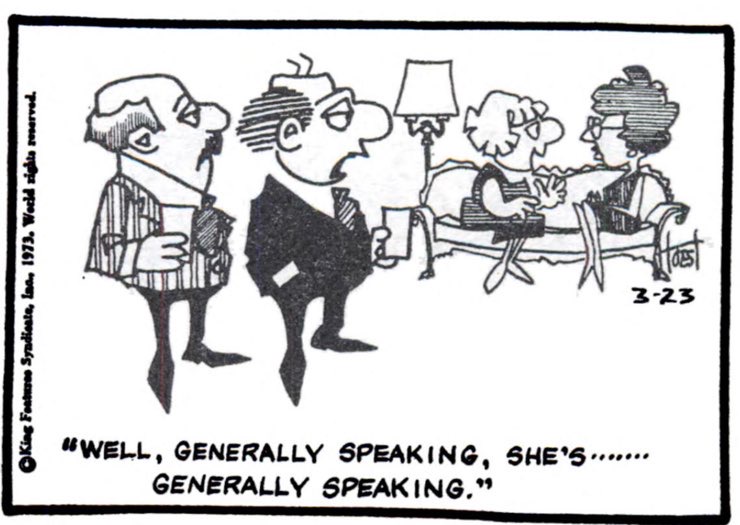To switch up from rusting postal vehicles and dizzying runs, here is a question I have for you…
Three wise men and I had gathered a couple of days back at Mazzy’s to discuss a particular topic. Before I go any further, I have to tell you about Bengalis and “addas”. I do not know how it is in Bengal these days, but growing up, I was aware that we had a couple of reputations as a tribe.
First, we loved our “addas” (আড্ডা). These are basically a few Bengalis (say two to six – usually no more) hanging out. Constant drinking of tea was a paramount feature of such gatherings. The location could be outside – like the turn of the street, the benches outside the street side tea stalls or inside the coffee houses.
Second, we were known to be “আঁতেল” . Meaning intellectual. We would dive into poetry, philosophy, history, science … basically anything that did not require us to do some work. We would solve global hunger problems over a teacup but nary a step would we take to actually do something about it. For example, you could spot us going threadbare on what is giving rise to Kolkata’s street pollution problems and then watch us absentmindedly throw the earthen tea cup onto the street narrowly missing the scooter that just went by.
Deserved or not, in a bit of a revival of that reputation, Mrinal-da, Amitesh, Samaresh and I hung out at Mazzy’s. Since Mazzy’s does not know what “দুধ-চা” (the way tea is consumed in Bengal) is, we settled for a bottle of cabernet. (Nobody complained about it, I should add 🙂 )
Anyways, the topic de jure in this “adda” was “What is success?”
Fairly animated discussion, I should say.
To make this a virtual “adda“, I am curious about how you think about success. One of the things we were tripping up on was what is the difference between success and happiness? Is success a single variate or is it measured on multiple variables and stand together at the same time?
Think about the things you would say you have been successful in and the ones you have not been successful in. What was the definition of “success” did you just use when you made those self judgments?
Curious to hear your points of views. And feel free to join our “addas” if you are nearby.










